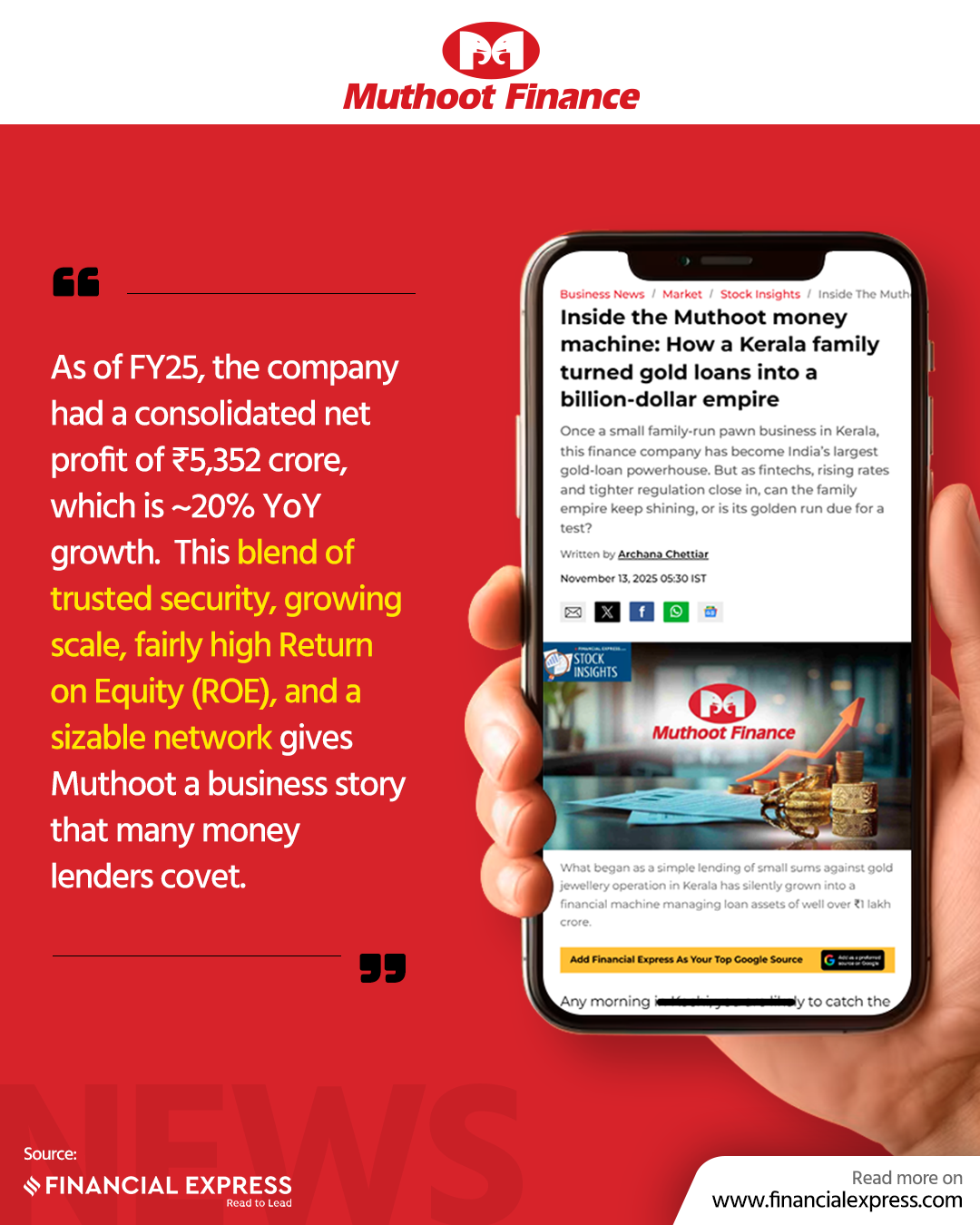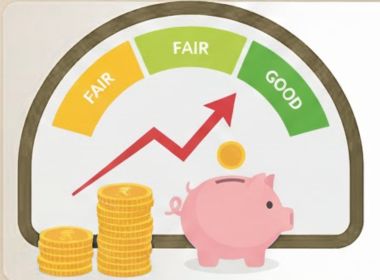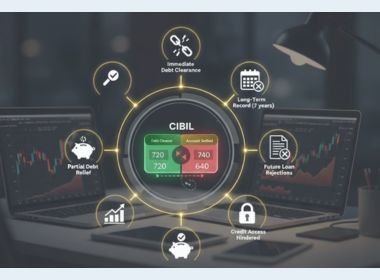Search Suggestions
- Gold Loan
- Money Transfer
- Mutual Funds

What is the Interest Coverage Ratio and Why is it Important?
The interest coverage ratio is a key financial metric that measures a company’s ability to pay interest on its outstanding debt. Often referred to as a debt and profitability ratio, it indicates how comfortably a company can meet its interest obligations using its earnings. By dividing a company’s earnings before interest and taxes (EBIT) by its interest expenses over a specific period, the interest coverage ratio provides insight into financial stability and risk. A higher ratio suggests stronger debt-servicing capacity, while a lower ratio signals potential difficulty in meeting interest payments, helping investors and lenders assess creditworthiness.
Table of Content
- What is an Interest Coverage Ratio?
- How to Calculate Interest Coverage Ratio?
- Types of Interest Ratio Coverage
- Significance and Use of Interest Coverage Ratio
What is an Interest Coverage Ratio?
The interest coverage ratio is a key financial indicator that shows how many times a company can cover its interest payments using its current earnings before interest and taxes are deducted. In simpler terms, it helps assess how efficiently a business can meet its interest obligations on outstanding debt.
This ratio, also called “times interest earned,” focuses only on interest payments and does not consider the repayment of the principal amount. A higher ratio indicates stronger financial health and a better ability to meet debt obligations, while a lower ratio can signal financial stress. Overall, the interest coverage ratio provides valuable insight into a company’s debt-servicing capacity.
How to Calculate Interest Coverage Ratio?
The interest ratio coverage formula is:
Interest Coverage Ratio=Interest Expense/EBIT
where: EBIT=Earnings before interest and taxes
Here, EBIT (Earnings Before Interest and Taxes) indicates the company’s operating profit, while Interest Expense is the total interest due on outstanding debts. This metric helps assess a firm’s ability to meet interest payments comfortably. A higher ratio shows stronger financial health, while a lower ratio can indicate cash flow pressure or higher financial risk. Ideally, a ratio above 2 is considered good, signalling the company has enough earnings to cover its debt obligations.
Types of Interest Ratio Coverage
While EBIT is commonly used to calculate the interest coverage ratio, other metrics can also be employed to evaluate a company’s ability to meet interest obligations.
- EBITDA Interest Coverage: This approach uses EBITDA (earnings before interest, taxes, depreciation, and amortisation) to determine how many times a company’s earnings can cover its interest expenses.
- Fixed Charge Coverage Ratio (FCCR): FCCR assesses the company’s capacity to meet all short-term financial obligations, including interest and lease payments, giving a broader view of financial stability.
- EBITDA Less Capex Interest Coverage: By subtracting capital expenditures from EBITDA, this ratio measures how many times the remaining earnings can service interest, reflecting the impact of essential reinvestments on debt repayment.
- EBIAT Interest Coverage: Using earnings before interest after taxes (EBIAT) provides an alternative to EBIT, offering a clearer insight into the company’s ability to pay interest from after-tax earnings.
Suggested Read: Debt-Service Coverage Ratio (DSCR): Meaning, Formula & Real-World Uses
Significance and Use of Interest Coverage Ratio
The interest coverage ratio, also known as "times interest earned," is a vital financial metric that assesses a company's ability to meet its interest obligations from its operating income. Here's why it's significant:
- Evaluates Debt Servicing Capacity: It indicates how many times a company can cover its interest expenses with its earnings before interest and taxes (EBIT). A higher ratio suggests better capacity to service debt.
- Assesses Financial Stability: A low interest coverage ratio may signal potential financial distress, indicating that a company might struggle to meet its interest payments, which could lead to default or bankruptcy.
- Guides Investment Decisions: Investors, including those in mutual funds, use the interest coverage ratio to evaluate the risk associated with investing in a company's debt or equity. A higher ratio often correlates with lower investment risk.
- Aids Credit Assessment: Lenders and credit rating agencies consider the ICR when determining a company's creditworthiness. A strong interest coverage ratio can lead to favorable loan terms and lower interest rates.
- Industry Benchmarking: The ideal interest coverage ratio varies across industries. Capital-intensive sectors may have lower ratios, while tech or service sectors might exhibit higher ratios. Comparing a company's ICR with industry peers provides context for its financial health.
Suggested Read: Build Your First Mutual Fund Portfolio: A Beginner's Guide
The interest coverage ratio is an essential metric for evaluating a company’s financial health and debt-servicing ability. Understanding this ratio helps investors make informed decisions, whether investing directly in equities or through a mutual fund.
A strong ratio indicates lower financial risk and greater stability, while a weak ratio may signal caution. For those investing via SIP, assessing companies with healthy interest coverage ratios ensures better long-term returns and reduces exposure to firms that may struggle with debt obligations, making it a crucial factor in building a resilient investment portfolio.
- Instant Personal Loan
- EMI Calculator
- Document Required
- Track Personal Loan
- Interest Rate
- Procedure and Eligibility
CATEGORIES
OUR SERVICES
-

Credit Score
-

Gold Loan
-

Personal Loan
-

Cibil Score
-

Vehicle Loan
-

Small Business Loan
-

Money Transfer
-

Insurance
-

Mutual Funds
-

SME Loan
-

Corporate Loan
-

NCD
-

PAN Card
-

NPS
-

Custom Offers
-

Digital & Cashless
-

Milligram Rewards
-

Bank Mapping
-

Housing Finance
-

#Big Business Loan
-

#Gold Loan Mela
-

#Kholiye Khushiyon Ki Tijori
-

#Gold Loan At Home
-

#Sunherisoch
RECENT POSTS

Understanding KDM Gold and Why it’s Banned
Know More
Gold loan boom: 3,000 new branches to open in India in 12 months
Know More
Gold Loan Boom: Rs 14.5 lakh crore market spurs NBFCs to add 3,000 branches
Know More
How BNPL Affects Your Credit Score
Know More
Inside the Muthoot money machine: How a Kerala family turned gold loans into a billion-dollar empire
Know More
Billionaire Family Turns India’s Gold Obsession Into a Fortune
Know More
What is a Cheque and its Different Types in India?
Know More
Benefits of Paying Your EMIs on Time: Why Timely Payments Matter
Know More
A Complete Guide to Report Online Fraud
Know More
How does a Personal Loan Affect your Credit Score?
Know MoreFIN SHORTS

What Are Co-Pay and Deductibles in Insurance Policies?
Know More
Should You Take a Loan Against Your Mutual Fund or SIP?
Know More
Top 5 Best Mid-Cap Mutual Funds to Watch in 2026
Know More
Are Personal Loans Right for Retirees? Key Points to Consider
Know More
What Happens to a Personal Loan After the Borrower Dies?
Know More
Best Loan Choices for Credit Scores of 580 and Below
Know More
7 Reasons Why a Gold Loan Is the Best Option for Small Businesses
Know More
10 Reasons Why People in India Prefer Physical Gold
Know More
Real Estate vs Gold: Which Is a Better Investment in India?
Know More
10 Common Mistakes That Make Investors Lose Money in Mutual Funds
Know More
10 Reasons Why Gold Has So Much Appeal in Uncertain Times
Know More
7 Ways Settling Debt Can Impact Your CIBIL Score
Know More- South +91 99469 01212
- North 1800 313 1212


